
About Cook Islands:
- It is a self-governing island state in free association with New Zealand.
- Location: It is located in the South Pacific Ocean, between Tonga to the west and French Polynesia to the east.
- It consists of 15 islands divided into a northern group of six islands and a southern group of nine islands.
- Northern Islands: These are mostly low-lying and sparsely populated coral atolls; and include the islands of Manihiki, Nassau, Penrhyn, Pukapuka, Rakahanga, and Suwarrow and are covered in light vegetation and equipped with stunning white sand beaches.
- Southern islands: These are generally consists of much larger higher islands that are volcanic in origin and more densely populated. The southern island group includes Rarotonga, Aitutaki, Atiu, Mangaia, Manuae, Mauke, Mitiaro, Palmerston, and Takutea.
- The highest point is Te Manga which rises to 652m on the Rarotonga Island.
- Population: Most of the population is found on the island of Rarotonga.
- Capital city: Avarua, which is on Rarotonga Island.
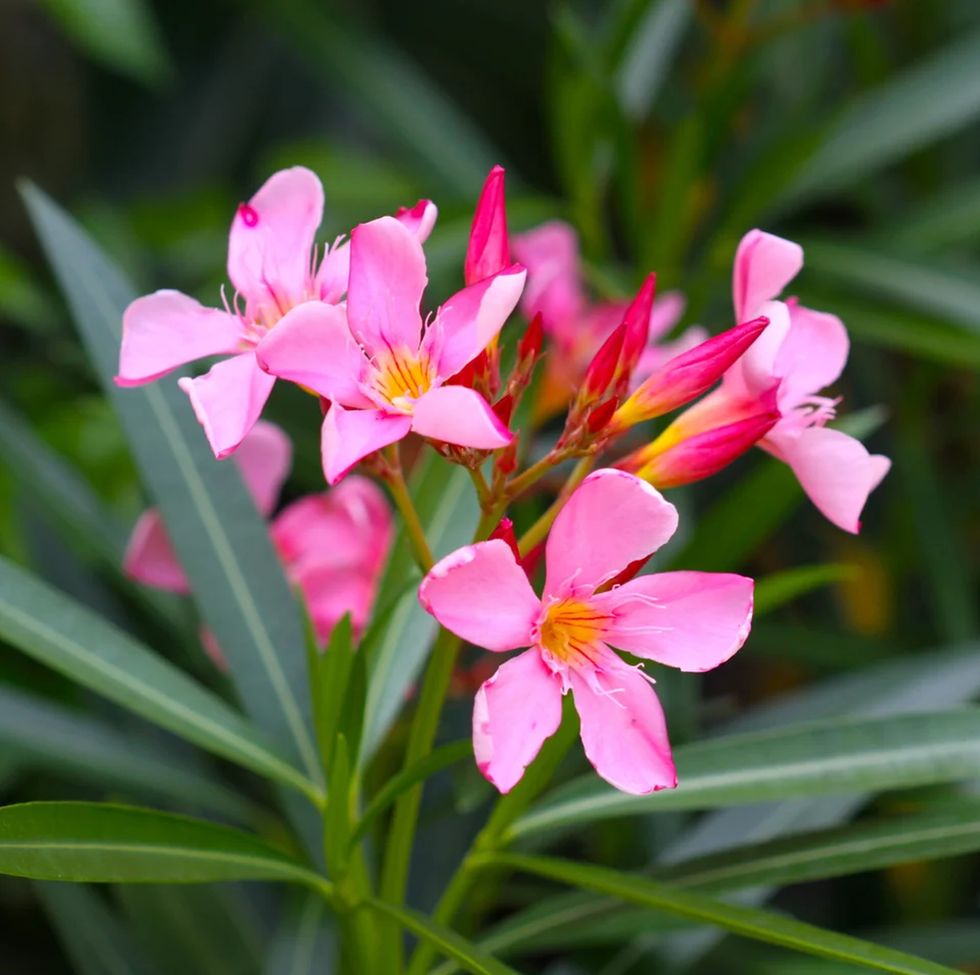
About Oleander flowers:
- Nerium oleander, commonly known as oleander or rosebay, is a plant cultivated worldwide in tropical, subtropical and temperate regions.
- It is known for its drought tolerance, the shrub is often used for ornamental and landscaping purposes.
- In Kerala, the plant is known by the names of arali and kanaveeram, and is grown along highways and beaches as a natural, green fencing.
- There are different varieties of oleander, each with a flower of a different colour. The plant has been frequently described in Brihattrayi, Nighantus and other classical Ayurvedic texts.
- Charaka [Charak Samhita] has prescribed the leaves of white flowered variety externally in chronic and obstinate skin diseases of serious nature including leprosy.
- According to Ayurvedic Pharmacopoeia of India (API) an oil prepared from the root bark can be used to treat skin diseases.
Oleander’s toxicity
- Ingestion or inhalation of smoke from burning oleander can be intoxicating.
- This is due to the properties of cardiac glycosides (a type of chemical) including oleandrin, folinerin, and digitoxigenin, which are present in all parts of the plant.
- Effects of oleander toxicity include nausea, diarrhea, vomiting, rashes, confusion, dizziness, irregular heartbeat, slow heartbeat, and, in extreme cases, death.
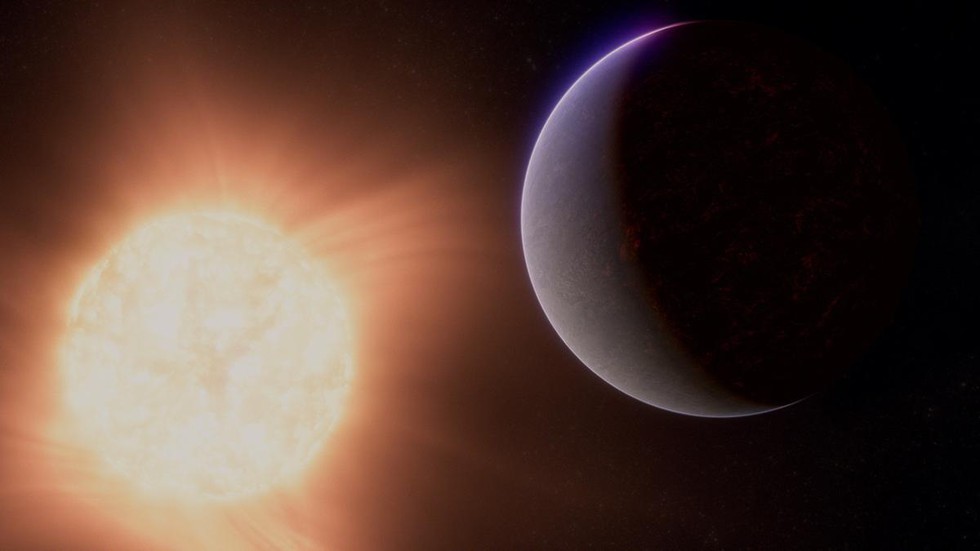
About 55 Cancri e Planet:
- It is an exoplanet also known as Janssen and is a super-Earth. It is located in our Milky Way galaxy about 41 light-years from Earth, in the constellation Cancer.
- It is a rocky planet significantly larger than Earth but smaller than Neptune. It orbits perilously close to a star dimmer and slightly less massive than our sun, rapidly completing an orbit every 18 hours or so.
- It orbits its star at one-25th the distance between our solar system's innermost planet Mercury and the sun. As a result, its surface temperature is about 3,140 degrees Fahrenheit.
- The planet is probably tidally locked, meaning it perpetually has the same side facing its star, much like the moon does toward Earth. Four other planets, all gas giants, are known to orbit its host star.
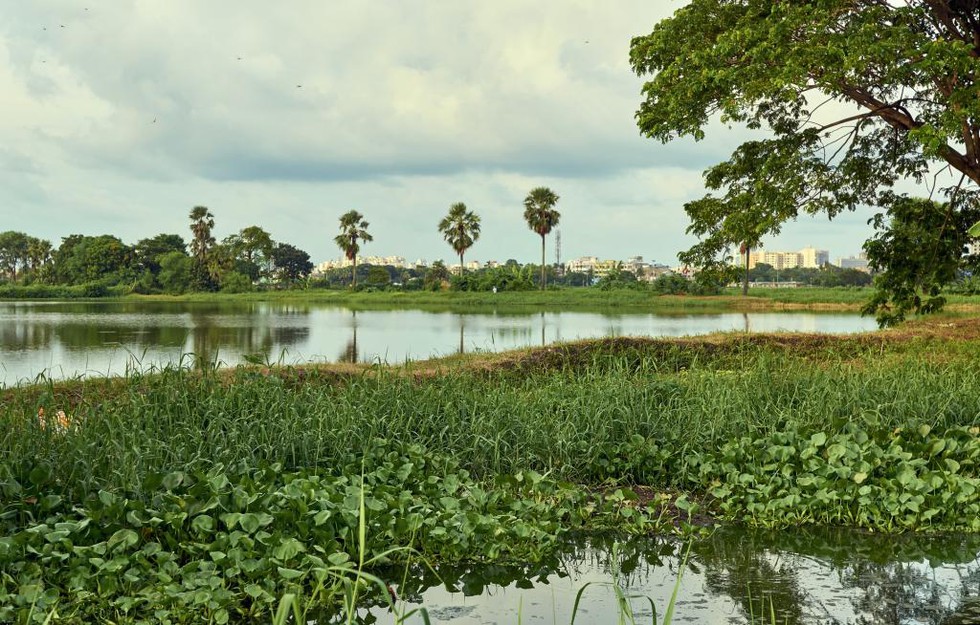
About Constructed wetlands:
- These are engineered structures designed to replicate the functions of natural wetlands. These are comprised of meticulously chosen vegetation, soil and water, orchestrated to facilitate a seamless process of purification.
- Constructed wetlands are typically divided into two categories:
- Subsurface flow (SSF): These direct wastewater through gravel beds or porous media, promoting microbial activity that degrades organic matter.
- Surface flow (SF): These demonstrate their aesthetic appeal above the water’s surface, with gently flowing streams and lush vegetation.
- Objective: To convert pollutants into benign compounds through natural processes.
- Unlike conventional concrete tanks, these wetlands foster biodiversity, welcoming a diverse array of life forms — ranging from microorganisms to aquatic plants and even birds — to engage in the purification process.
- India boasts several remarkable locations where constructed wetlands are utilised for wastewater treatment.
- One such example is the Asola Bhatti Wildlife Sanctuary in Delhi, situated on the city’s outskirts.
- The Kolkata East Wetlands in West Bengal, designated as a Ramsar site, feature a vast network of natural and constructed wetlands.
- Benefits:
- Cost-Effectiveness:In contrast to traditional treatment facilities, constructed wetlands frequently offer a more economical option for construction and upkeep.
- Environmental benefits:In addition to their primary role in wastewater treatment, constructed wetlands offer supplementary environmental advantages. They function as habitats for a wide array of plant and animal species, promoting biodiversity conservation.
- Scalability and adaptability:Constructed wetlands are flexible in their scalability, able to be adjusted to fit various industrial operations and spatial limitations.
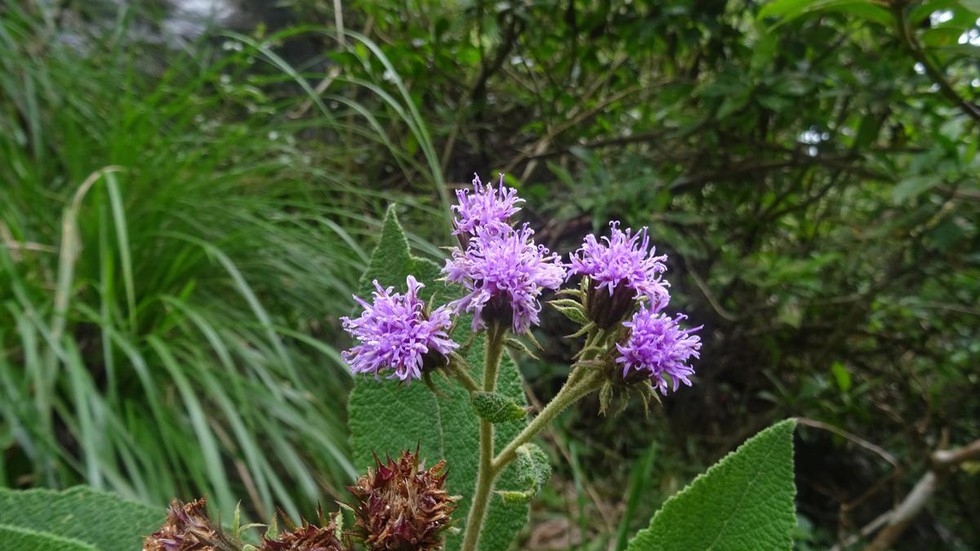
About Uniyala multibracteata:
- It is a rare tree species which is locally known as Kattupoovamkurunnila.
- The genus Uniyala is named to recognise the contribution of B.P Uniyal, a renowned plant taxonomist. This genus has 11 species, most of which are endemic to south India.
- It is a small tree or large shrub of 2 to 5 metres high. Its leaves are covered with cottony hairs. Its flowers are very beautiful and [the tree] produces flowers from October to January.
- Habitat: Its habitat consists of evergreen forests and rocky grasslands 1,200 metres above sea level. Interestingly, such rare species of plants have not yet been discovered in protected forests.
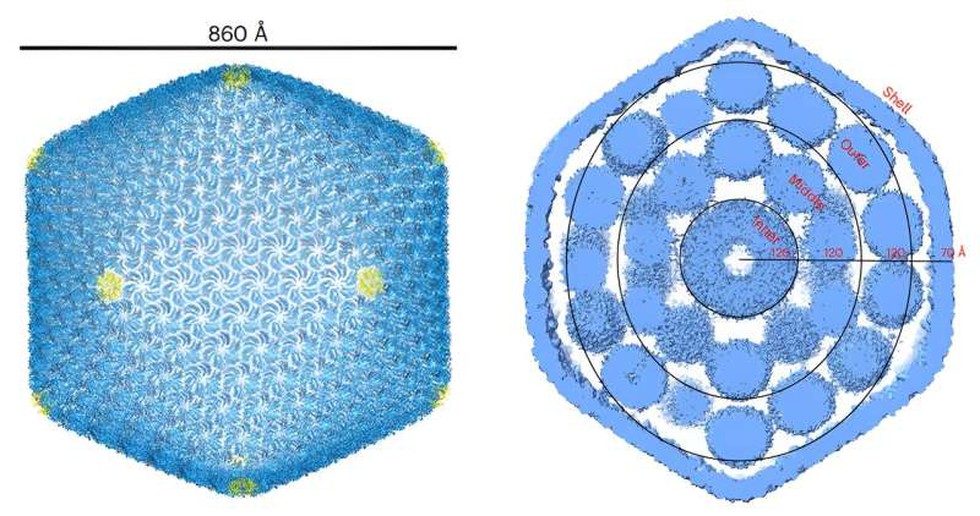
About Carboxysomes:
- These are intracellular structures found in many autotrophic bacteria, including Cyanobacteria, Knallgasbacteria, Nitroso- and Nitrobacteria.
- They are proteinaceous structures resembling phage heads in their morphology; they contain the enzymes of carbon dioxide fixation in these organisms.
- Similar structures are known to harbor the B12-containing coenzyme glycerol dehydratase, the key enzyme of glycerol fermentation to 1,3-propanediol, in some Enterobacteriaceae, such as Salmonella.
- They perform carbon fixation, which is the process of converting carbon dioxide from the atmosphere into organic compounds that can be used by the cell for growth and energy. These are made of polyhedral protein shells about 80 to 140 nanometres in diameter.
- These compartments are thought to concentrate carbon dioxide to overcome the inefficiency of RuBisCo (ribulose bisphosphate carboxylase/oxygenase) – the predominant enzyme in carbon fixation and the rate limiting enzyme in the Calvin cycle.
Application:
- One of the most promising applications of carboxysome is in plant synthetic biology, whereby the introduction of carboxysome into plant chloroplasts as the CO2-concentrating mechanism can improve photosynthetic efficiency and crop yield.
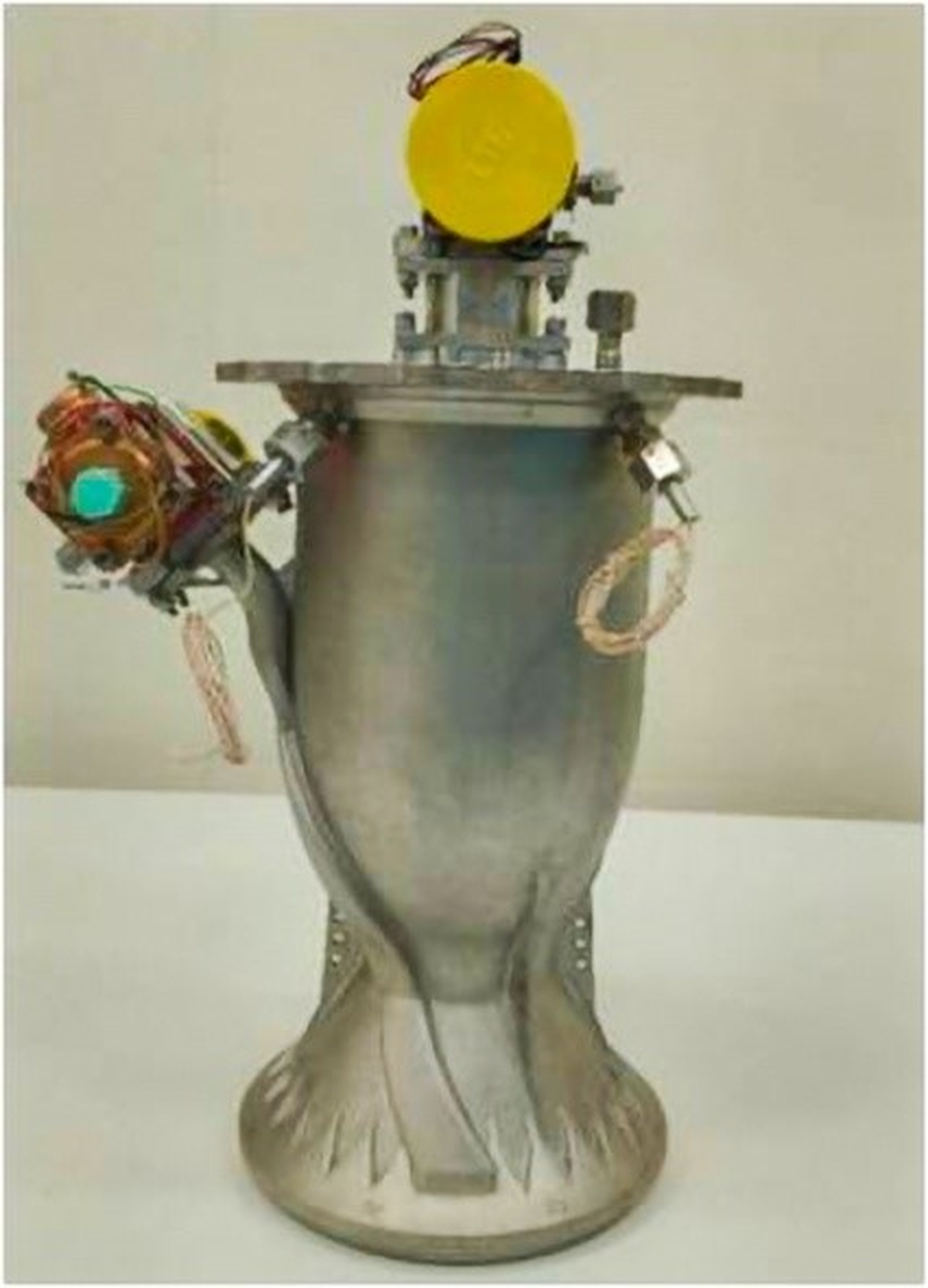
About PS4 engine:
- It is the uppermost stage of Polar Satellite Launch Vehicle (PSLV), comprising of two Earth storable liquid engines.
- It uses a bipropellant combinationof nitrogen tetroxide as the oxidizer and monomethyl hydrazine as the fuel, was developed by ISRO's Liquid Propulsion Systems Centre.
- The same engine is also used in the Reaction Control System (RCS) of the first stage (PS1) of PSLV.
- ISRO redesigned the conventionally manufactured PS4 engine to make it compatible with additive manufacturing techniques and this innovative approach, known as Design for Additive Manufacturing, has yielded remarkable advantages.
What is Additive Manufacturing?
- It is also known as 3D printing which is an emerging technology that is rapidly transforming manufacturing processes worldwide.
- It creates 3-dimensional objects by successively layering materials under computer control.
- It involves layering materials like plastics, composites, or bio-materialsto create objects that range in shape, size, rigidity, and colour.
- Compared to traditional subtractive techniques, 3D printing offers immense design flexibility, reduced waste, and the ability to produce complex geometries.
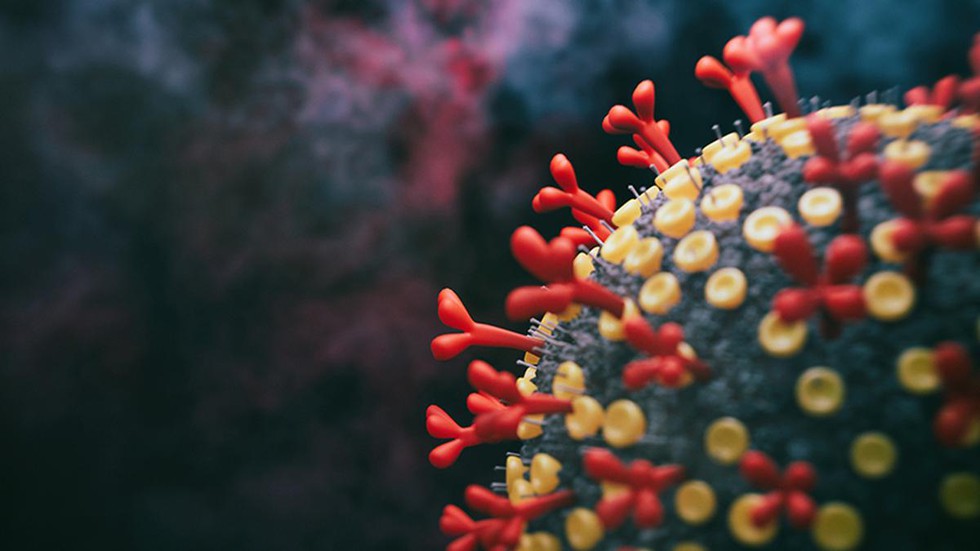
About FLiRT Variants:
- 2 and KP1.1, dubbed ‘FLiRT’ variants, are descendants of the Omicron JN.1 which spread globally over the winter last year.
- Features:
- The variants appear to outstrip their ancestor and other Omicron variants. KP.2 is the more dominant strain of the two and it is believed to leap past immunity built up from vaccines and previous infections.
- The FLiRT’ variants are descendants of the JN.1 variant of the SARS-CoV-2 virus with two new added spike mutations.
- How it spreads? This variant spreads via respiratory droplets of the person to others, or touching infected surfaces such as faucets, furniture, elevator buttons etc.
- Symptoms of FLiRT:
- The symptoms of the new variant are similar to those of other Omicron subvariants: sore throat, cough, nausea, congestion, fatigue, headache, muscle or body ache, loss of taste or smell.
- Prevention: Vaccination and preventive measures are advised to curb the spread.

About Hanooman AI Platform:
- It is the largest multilingual and most affordable Gen AI platform.
- Features
- It is available in 98 global languages, of which, 12 are Indian languages.
- The 12 Indian languages that the web version and app are currently available in include Hindi, Marathi, Gujarati, Bengali, Kannada, Odia, Punjabi, Assamese, Tamil, Telugu, Malayalam and Sindhi.
- It can handle everything from a casual chat to offering professional advice as well as performing complex technical tasks like coding and tutoring.
- The Gen AI platform will offer its multimodal and multilingual capabilities, including text, voice, image and code to users.
- It aims to cater to four sectors: healthcare, governance, financial services, and education. It offers an open-source alternative to commercially accessible Large Language Models (LLMs).
What is Generative Artificial Intelligence?
- It refers to deep-learning models that can take raw data and “learn” to generate statistically probable outputs when prompted.
- It is powered by foundation models (large AI models) that can multi-task and perform out-of-the-box tasks, including summarization, Q&A, classification, and more.
- With minimal training required, foundation models can be adapted for targeted use cases with very little example data.
- It works by using a Machine Learning model to learn the patterns and relationships in a dataset of human-created content.
- It then uses the learned patterns to generate new content.


























































































































































.png)
.png)
.png)
.png)
.png)


.png)
.png)
.png)





.png)
.png)






.png)
.png)
.png)
.png)
.png)
.png)
.png)
.png)
.png)

.png)







.png)
.png)


.png)
.png)
.png)


.png)

.png)
.png)





.jpg)

.png)
.png)


.png)

.png)
.png)
.png)

.jpg)

.jpg)


.png)

.png)
.png)
.png)
.png)
.png)
.png)
.png)
.png)
.png)
.png)




.png)

.png)





.png)
.png)
.png)
.png)
.png)
.png)
.png)
.png)
.png)
.png)
.jpg)
.jpg)

.png)
.png)
.png)
.png)
.png)
.png)
.png)
.png)
.png)
.png)
.png)
.png)
.png)
.png)
.png)
.png)
.png)
.png)
.png)
.png)
.png)
.png)



.png)
.png)

.jpg)
.jpg)


.jpg)
.jpg)
.jpg)
.jpg)
.jpg)

.jpg)








.jpg)
.jpg)
.jpg)
.jpg)
.jpg)

















.jpg)
.jpg)







.jpg)


















.jpg)
.jpg)






























































































.jpg)
.jpg)


























.jpg)

.jpg)










.jpg)








.jpg)




.jpg)










.jpg)


















.jpg)












































.jpg)














.jpg)
.jpg)
.jpg)





.jpg)

.jpg)
.jpg)





































































.jpg)


































.jpg)
.jpg)
















































.jpg)












.jpg)


.jpg)




.jpg)
.jpg)
.jpg)

.jpg)
.jpg)
.jpg)
.jpg)

.jpg)
.jpg)
.jpg)

.jpg)
.jpg)
.jpg)
.jpg)
.jpg)
.jpg)
.jpg)
.jpg)

.jpg)


.jpg)
.jpg)
.jpg)
.jpg)
.jpg)
.jpg)
.jpg)
.jpg)
.jpg)
.jpg)











.jpg)
.jpg)





.jpg)
.jpg)
.jpg)
























.jpg)
























.jpg)









.jpg)
.jpg)







.jpg)
.jpg)









































.jpg)
.jpg)
.jpg)
.jpg)
.jpg)

.jpg)
.jpg)
.jpg)
.jpg)
.jpg)


.jpg)
.jpg)
.jpg)
.jpg)
.jpg)

.jpg)
.jpg)
.jpg)
.jpg)
.jpg)
.jpg)
.jpg)
.jpg)
.jpg)
.jpg)
.png)

.png)
.png)

.png)
.png)
.png)
.png)


.jpg)
.jpg)

.jpg)
.jpg)
.jpg)

.png)
.png)
.png)
.png)
.png)
.png)
.png)

.png)
.png)
.png)
.png)
.png)
.png)
.png)
.png)
.png)
.png)





































































-min.png)



.png)




.png)








































